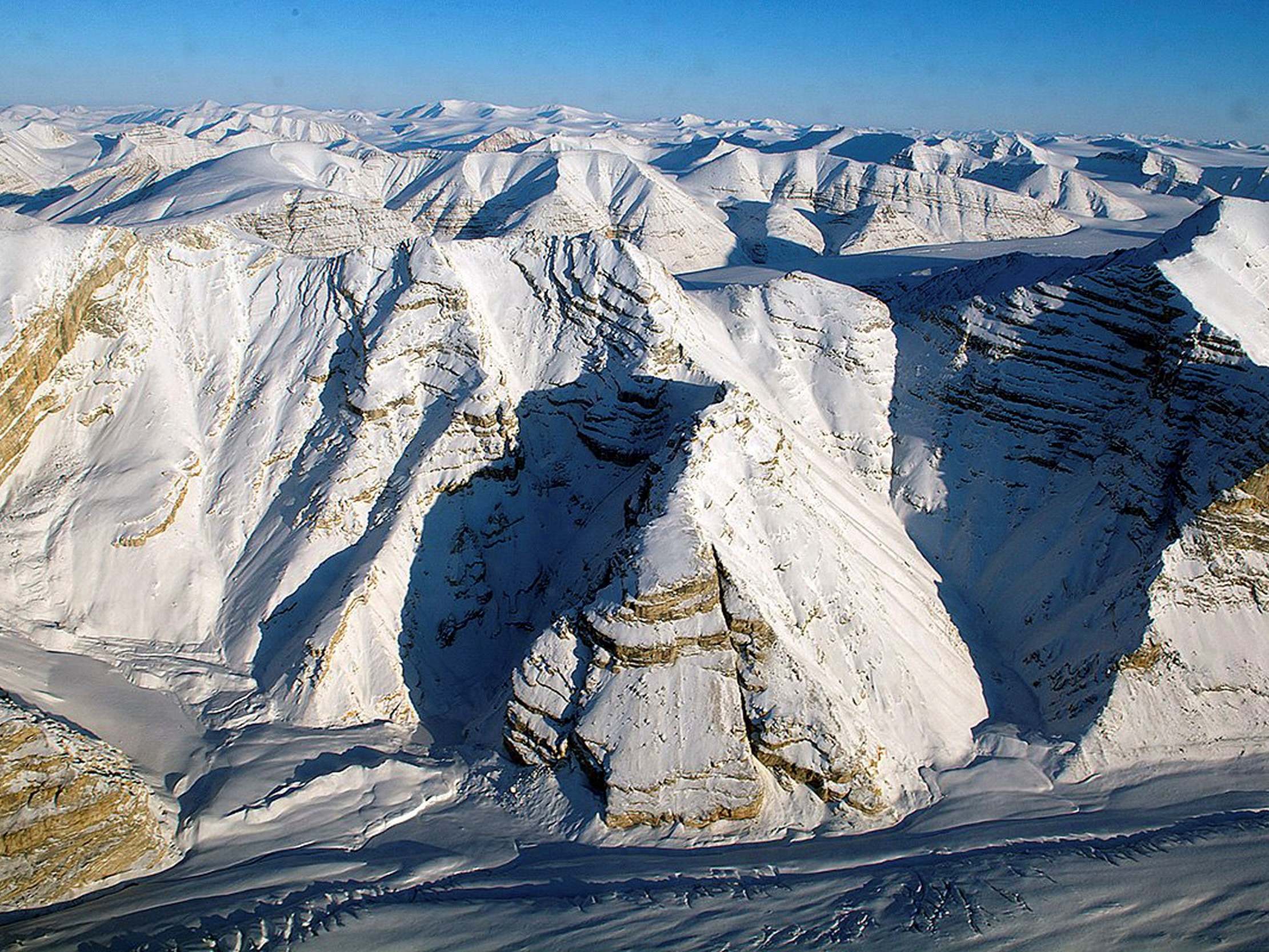Climate crisis: Canada's last fully intact Arctic ice shelf 'disintegrates' amid intense rising temperatures
Summer in the country's Arctic has been 5C above the 30-year average, a glaciologist says

Your support helps us to tell the story
From reproductive rights to climate change to Big Tech, The Independent is on the ground when the story is developing. Whether it's investigating the financials of Elon Musk's pro-Trump PAC or producing our latest documentary, 'The A Word', which shines a light on the American women fighting for reproductive rights, we know how important it is to parse out the facts from the messaging.
At such a critical moment in US history, we need reporters on the ground. Your donation allows us to keep sending journalists to speak to both sides of the story.
The Independent is trusted by Americans across the entire political spectrum. And unlike many other quality news outlets, we choose not to lock Americans out of our reporting and analysis with paywalls. We believe quality journalism should be available to everyone, paid for by those who can afford it.
Your support makes all the difference.The last fully intact ice shelf in the Canadian Arctic has collapsed, losing more than 40 per cent of its area in just two days at the end of July, researchers said on Thursday.
The Milne Ice Shelf is at the fringe of Ellesmere Island, in the sparsely populated northern Canadian territory of Nunavut.
“Above normal air temperatures, offshore winds and open water in front of the ice shelf are all part of the recipe for ice shelf break up,” the Canadian Ice Service said on Twitter when it announced the loss on Sunday.
“Entire cities are that size. These are big pieces of ice,” said Luke Copland, a glaciologist at the University of Ottawa who was part of the research team studying the Milne Ice Shelf.
The shelf's area shrank by about 80 square kilometres (30.8 square miles). By comparison, the island of Manhattan in New York covers roughly 60 square kilometres (23.2 square miles).
“This was the largest remaining intact ice shelf, and it's disintegrated, basically,” Mr Copland said.
The Arctic has been warming at twice the global rate for the last 30 years, due to a process known as Arctic amplification. But this year, temperatures in the polar region have been intense. The polar sea ice hit its lowest extent for July in 40 years. Record heat and wildfires have scorched Siberian Russia.
Summer in the Canadian Arctic this year in particular has been 5C above the 30-year average, Mr Copland said.
That has threatened smaller ice caps, which can melt quickly because they do not have the bulk that larger glaciers have to stay cold. As a glacier disappears, more bedrock is exposed, which then heats up and accelerates the melting process.
“The very small ones, we're losing them dramatically,” he said, citing researchers' reviews of satellite imagery. “You feel like you're on a sinking island chasing these features, and these are large features. It's not as if it's a little tiny patch of ice you find in your garden.”
The ice shelf collapse on Ellesmere Island also meant the loss of the northern hemisphere's last known epishelf lake, a geographic feature in which a body of freshwater is dammed by the ice shelf and floats atop ocean water.
A research camp, including instruments for measuring water flow through the ice shelf, was lost when the shelf collapsed. “It is lucky we were not on the ice shelf when this happened,” said researcher Derek Mueller of Carleton University in Ottawa, in a 2 August blog post.
Ellesmere also lost its two St. Patrick Bay ice caps this summer.
“We saw them going, like someone with terminal cancer. It was only a matter of time,” said Mark Serreze, director of the National Snow and Ice Data Center (NSIDC) in Boulder, Colorado.
Mr Serreze and other NSIDC scientists had published a 2017 study predicting the ice caps were likely to disappear within five years. The ice caps were believed to have formed several centuries ago.
The vanishing was confirmed last month, when NASA satellite shots of the region revealed a complete lack of snow and ice, said Mr Serreze, who studied the caps as a graduate student on his first trip to the Arctic years ago. At the time, he said, the caps had seemed like immovable parts of the geography.
“When I was there in the 1980s I knew every square inch of those ice caps,” he said. “You have the memories. It's like your first girlfriend.”
Meanwhile, another two ice caps on Ellesmere – called Murray and Simmons – are also diminishing and are likely to disappear within 10 years, Mr Serreze said.
Reuters
Join our commenting forum
Join thought-provoking conversations, follow other Independent readers and see their replies
Comments